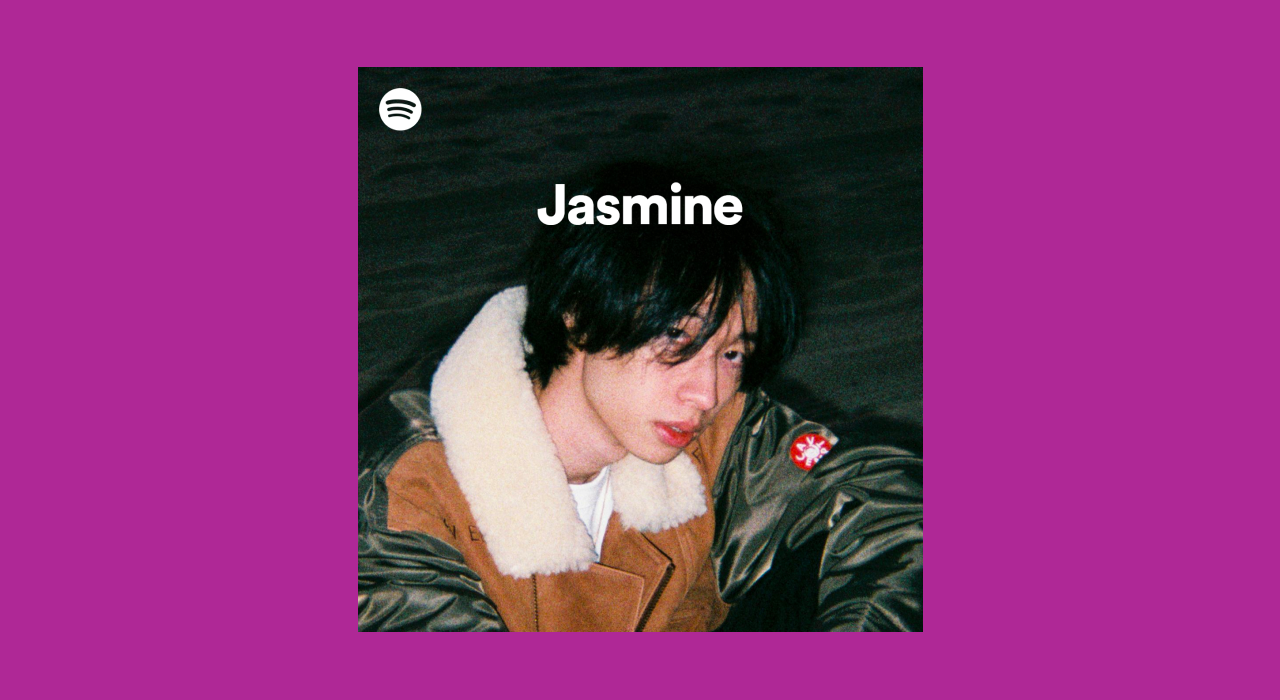Official Spotify curator offers a peek behind the ‘Jasmine’ curtain
Here, the Spotify editor behind the playlist Jasmine (formerly Beast Meets West) discusses connecting the dots of Asian identity to build a unique listening experience.

Guest post by Eric Diep from Spotify for Artists
A Spotify editor talks about connecting the dots of Asian identity to create a unique listening experience.
Artists of Asian descent are thriving globally, making an outsize contribution to the overall musical landscape. To spotlight emerging stars of Asian descent, agnostic of genre, Spotify launched the Jasmine playlist — originally called “Asian Americans on the Rise” — in 2017.
Curated by Ronny Ho, Spotify’s Head of Dance and Electronic Development, Jasmine’s mission is to “illuminate Asian artists everywhere.” Featuring new and established names from the United States, East Asia, South Asia, and Southeast Asia, Jasmine is a “genreless” playlist focused on discovery where you’ll find acts like Raveena, keshi, Higher Brothers, Anik Khan, Saweetie, and Chung Ha making dance, pop, chillwave, or hip-hop.
Ho and her team developed their brainchild with the help of the Spotify Asian Community Engagement employee resource group (SpACE). The goal was to make sure true diversity and inclusion were part of the playlist’s DNA. Ho’s thoughtful approach to curation is present in other projects she’s proud to have taken part in, including the Asian Pacific American Islander Heritage Month campaign in 2020 and track IDs — the latter showing her passion for bringing electronic music to the forefront on Spotify. In this interview, the Queens, NY native talks about her approach to curation and why representation for Asian artists in the music industry matters.
The name of the playlist was “Beast Meets West” until it changed to Jasmine recently. How did you land on the new name?
We were actually in the midst of figuring out how to make it more inclusive. I felt like it was dividing East and West. We thought to ourselves, “No, it is actually [representative of] all Asian experiences.” So we came up with “Jasmine” in the vein of Lorem, Pollen, and our other genreless playlist brands. It felt like a nice middle ground.
I wanted to highlight South Asians just as much as I wanted to highlight East Asians and Southeast Asians. So we thought, “What connects all of our very diverse cultures? OK, rice, but that’s a really bad name.” [Laughs] “Let’s not do that.” Jasmine is a tea, it’s a flower. The plant is indigenous to Asia and exists in South Asia, Southeast Asia, and East Asia. That’s how we kind of landed on it. We wanted to keep it simple, one word.
The existence of Jasmine [the playlist] is important because it caters to a very large audience. For a long time, Asian Americans did not have representation in the music industry. Jasmine allows us to build a community among Asians and Asians Americans around the world and show our audience that yes, Asians also make incredible music.
The playlist shows that not all Asian artists should be boxed into K-pop or hip-hop by bringing together different genres. How did you achieve that diversity of sounds and still make it sound so cohesive?
I think it’s innate. For some reason, it just works. I don’t have to put so much thought into how I make sure all these genres fit together. Being Asian, for some reason, links us in a way that hasn’t been put into this context yet. For the most part, it’s been, “Oh, keshi is just a producer.” or “There’s TRACE who does songwriting.” And they’re put into their certain genres [like R&B, alternative, and electronic indie pop] but I feel that no one has connected the dots of their backgrounds because for a long time it was weird or shameful to be Asian in these spaces. For me, it was, “No, let’s connect the dots here. Let’s build something to be proud of.”
What do you look for in artists?
I think authenticity is No. 1. I want their vulnerability to shine through. I think that is something beautiful about music, being able to connect with fans and build a brand that is true to yourself. And being honest is the best for that. Artists who are proud to be Asian are important because we are still in a world where not everyone is [proud of that identity]. That’s what I really look for.
So for artists looking to get placed on this playlist, what is your advice to them?
It’s important to build your brand and invest in yourself. I think a lot of people try to get on a playlist and that’s it. The work is done. But if you put work into your brand and into who you are and what story you’re trying to tell — the fans will find you.
Spotify for Artists helps you to develop the fanbase you need to reach your goals.